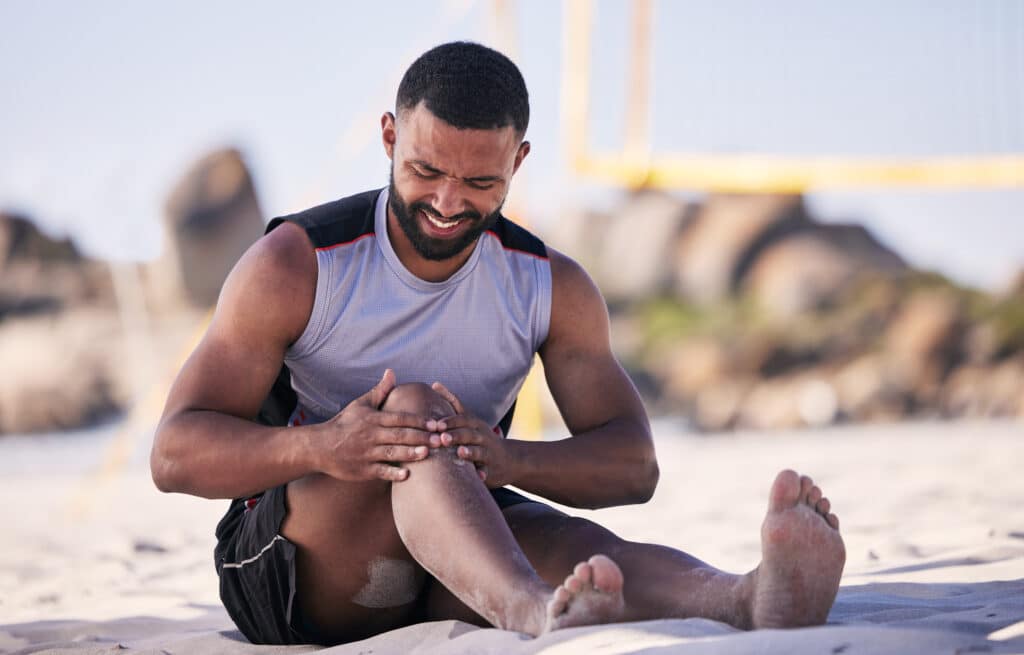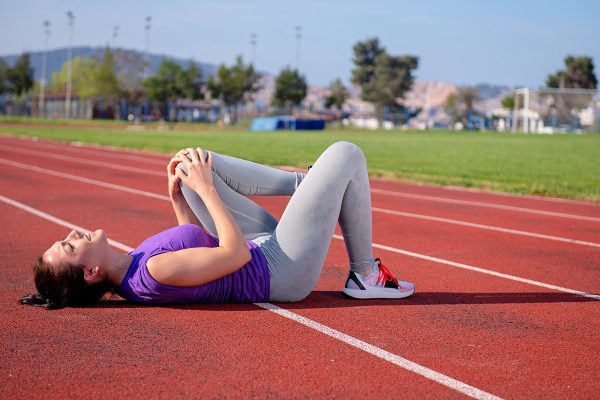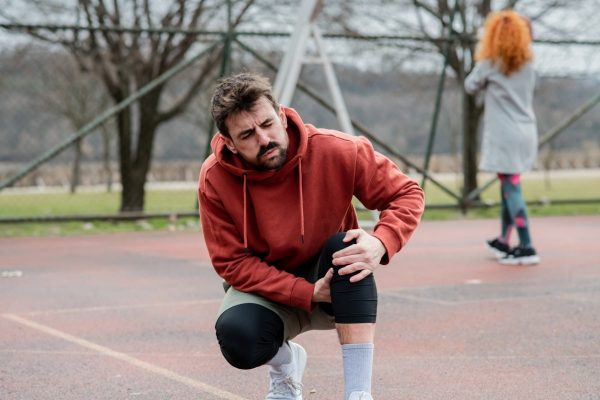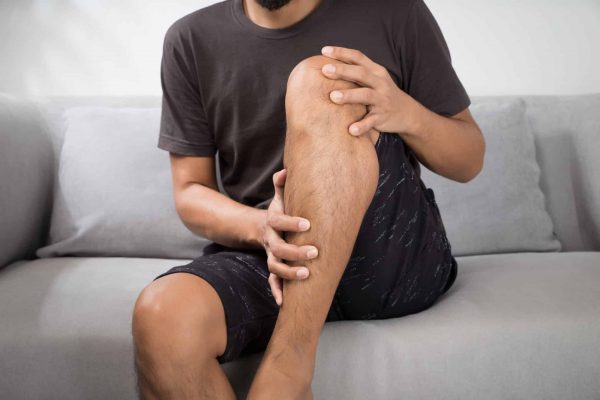
Patellar tendon strain is a common injury among athletes, especially those who engage in high-impact activities such as running, jumping, and kicking. It occurs when the patellar tendon, which connects the kneecap to the shinbone, becomes inflamed or torn due to overuse or sudden impact. The pain and discomfort associated with this injury can be quite debilitating, making it difficult to perform everyday activities. In this blog post, we’ll discuss some of the common causes of patellar tendon strain and how to prevent it from happening.
Overuse: One of the most common causes of patellar tendon strain is overuse. This occurs when an athlete engages in repetitive activities that put excessive stress on the patellar tendon without giving it enough time to recover. Examples include long-distance running or jumping sports like basketball or volleyball. To prevent overuse injuries, athletes should gradually increase their training intensity and duration while allowing for adequate rest periods in between.
Muscle Imbalances: Another factor that contributes to patellar tendon strain is muscle imbalances around the knee joint. Certain muscles such as the quadriceps and hamstrings play a crucial role in stabilizing the knee during movement. When these muscles are weak or tight, they can create imbalances that cause increased stress on the patellar tendon. To address muscle imbalances, athletes should incorporate exercises that target all areas of their lower body, including glutes, hip flexors, calves.
Poor Biomechanics: Poor biomechanics can also lead to patellar tendon strain by placing undue stress on certain parts of the knee joint during movement. This can be caused by factors such as improper footwear or incorrect form during exercise. To improve biomechanics, athletes should seek professional guidance from a physiotherapist or chiropractor who can assess their movement patterns and recommend corrective exercises.
Sudden Impact: In some cases, patellar tendon strain can result from sudden impact or trauma to the knee joint. This can occur during a fall, collision with another player or object, or an awkward landing after a jump. While it may be difficult to prevent these types of injuries, athletes can reduce their risk by wearing appropriate protective gear and practicing proper landing techniques.
Age and Gender: Finally, age and gender can also contribute to the risk of patellar tendon strain. Older athletes are more likely to experience degeneration in the tendon due to natural wear and tear over time. Women are also at a higher risk due to differences in lower body anatomy and hormonal factors that affect tendon strength. To mitigate these risks, athletes should adjust their training strategies based on their age and gender-specific needs.
Patellar tendon strain is a common injury that can significantly impact an athlete’s performance and quality of life. By understanding the causes of this injury, athletes can take proactive steps to prevent it from happening also haulting the progression into more severe stages of patellar tendon strain. Incorporating appropriate exercise routines that target muscle imbalances, improving biomechanics through professional guidance from a physiotherapist or chiropractor, wearing protective gear during high-impact activities, as well as adjusting training strategies based on age and gender-specific needs can all help mitigate the risk of this injury occurring. Remember that prevention is always better than cure when it comes to patellar tendon strain!
If you have any questions or would like to explore further, please book a free, no-charge online appointment. Jonathan Tran is a physiotherapist in Kitchener.




